How to assess your presentation skills
/Most engineers are the best at what they do. Right? Well, when it comes to being subject matter experts, yes. But when it comes to technical presentations, usually not. You might think, “Well, my presentations are fine. After all, my reviews are always at least 4 stars.” Well, smile sheets are usually dead wrong (that’s another blog post). You need a better way of assessing yourself or others.
So, as one engineer asked us, “How do I know if I really need help?” While we could give you a formal rubric for outstanding presentations, it’s actually easier to assess from the opposite or inverse standpoint.
Let’s start with a simple quiz. Just 20 questions. Think about the last 3-4 presentations you have either given or heard (if you are assessing others). Answer “yes” or “no” to the questions below. Be honest!
Did the presenter…
- Prior to the presentation, perform a thorough needs analysis by interviewing at least ten people who represented their target audience?
- Refuse to open Powerpoint (or any other presentation software) until after the research, “big idea,” mind-mapping and storyboarding were complete?
- Spend at least 15x their allotted time slot (i.e. 15 hours for a one-hour presentation) preparing their presentation?
- Conduct a practice or beta run of their material in front of a representative audience and then use that feedback to modify their presentation?
- Leave at least 33% of the allotted presentation time for Q&A? So, for a 60-minute time slot, were 20 minutes allotted for dialogue with the audience?
- Have fewer than 20 slides for the 40 minutes left to present their topic (one slide per two minutes)?
- Attempt to get across only one idea per slide?
- Use more graphics/pictures than words in their presentation or at least a 50-50 mix?
- Tell at least two stories about their own experience?
- Use 28-point fonts or larger for all text on all slides?
- Have no more than two bullets on any single slide?
- Design into the presentation at least 3 “turning points” where contrast from “what is” to “what could be” is obvious?
- Create slides that take less than 3 seconds for the audience to comprehend?
- Spend the first 5 minutes, in some way, assessing audience needs in a live, dynamic way?
- Gesture, pause, smile, show enthusiasm and overall demonstrate pleasing delivery skills?
- Use at least two forms of media including overhead, whiteboard, flipchart or product demonstrations?
- Spend at least 90% of their time facing the audience and giving them great eye contact?
- Project their voice loud enough in the room to not need a microphone?
- Speak with authority and confidence without excessive use of “uh” or “um”?
- Use an industry-proven rubric that actually captures the real effectiveness of their training (i.e. NOT a standard “smile sheet”)?
If you answer “no” to three or more of these questions, you need our help. Sure, this is a long list, and it is easy to find three items to say “no” to. But isn’t that good marketing?
Seriously, you can indeed learn how to say “yes” to these 20 questions, and 20 more. Think about the problems you have solved and solutions you have delivered to customers. If you can do that, you can learn to create and deliver great technical presentations. We have worked with hundreds of engineers with great results. No, you don’t have to be an extrovert or “naturally gifted speaker.” In fact, we would rather you be more introverted, skeptical, analytical and logical. We want you to test each process or method we teach with your brain fully engaged (both left and right sides).
Consider signing up for one of our “Technical Presentations” workshops. This informal “inverse” rubric is only a small sampling of “what” we teach, along with “why” and “how.” We embrace the engineering, technical mindset and harness it to help you become a great technical communicator. That is, if you are honest enough to say, “Yes, I need help."








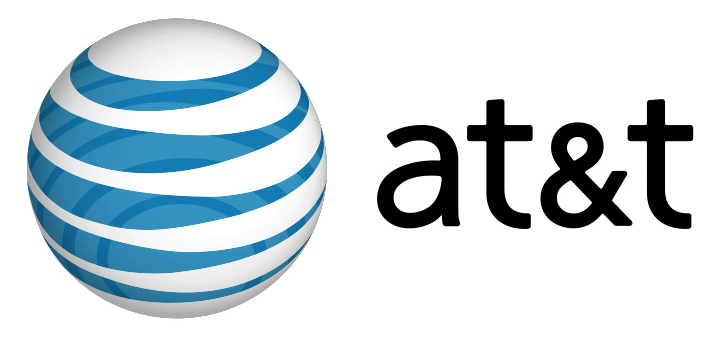
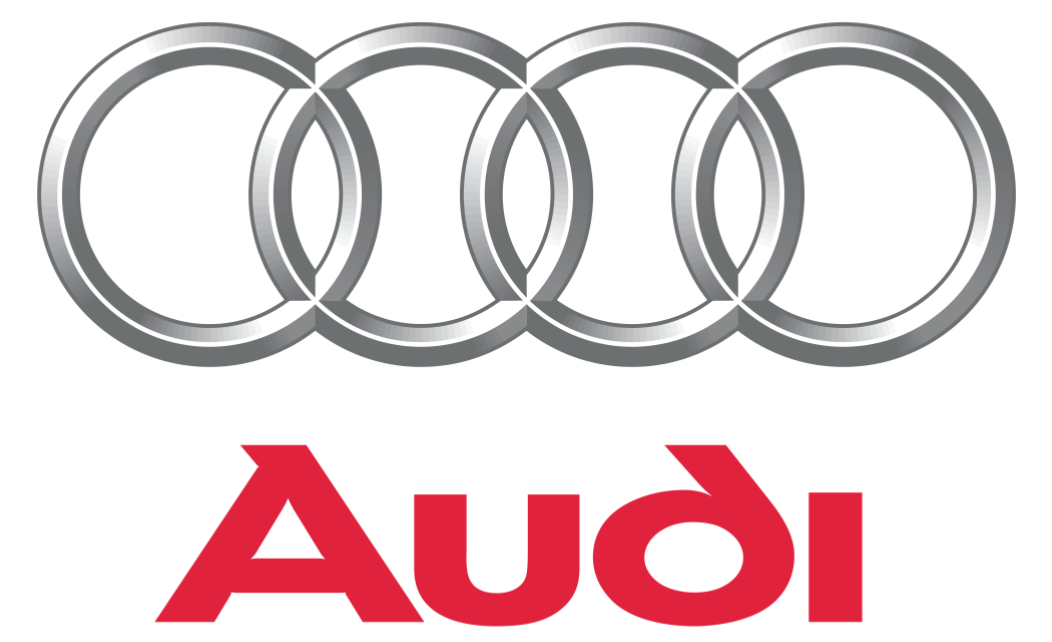

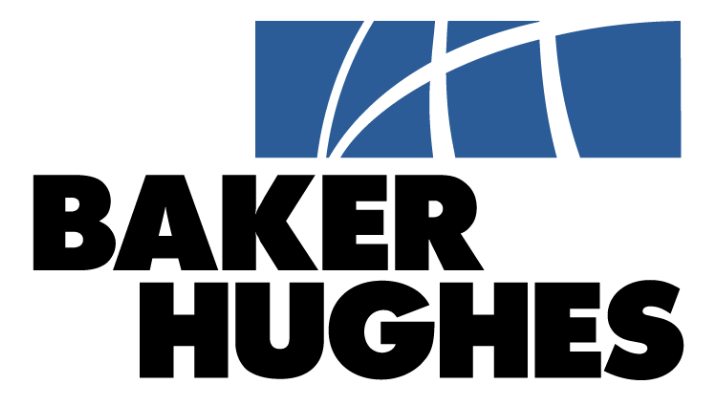







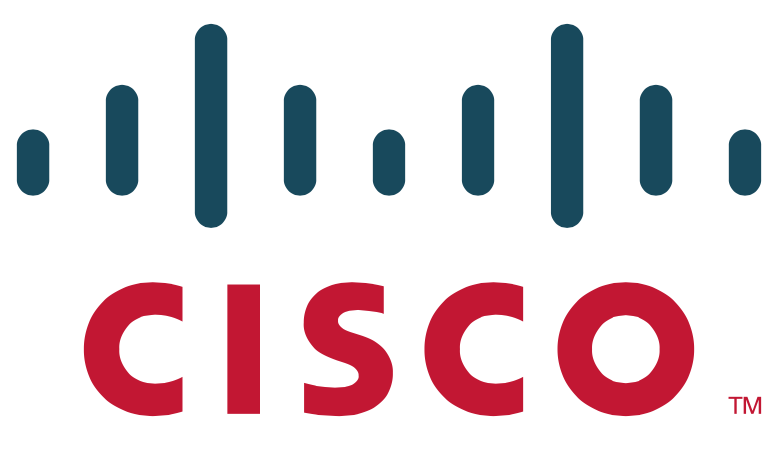

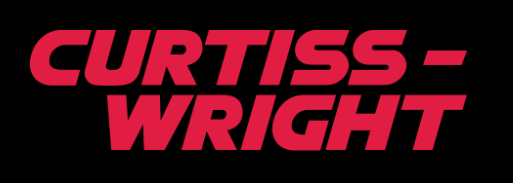


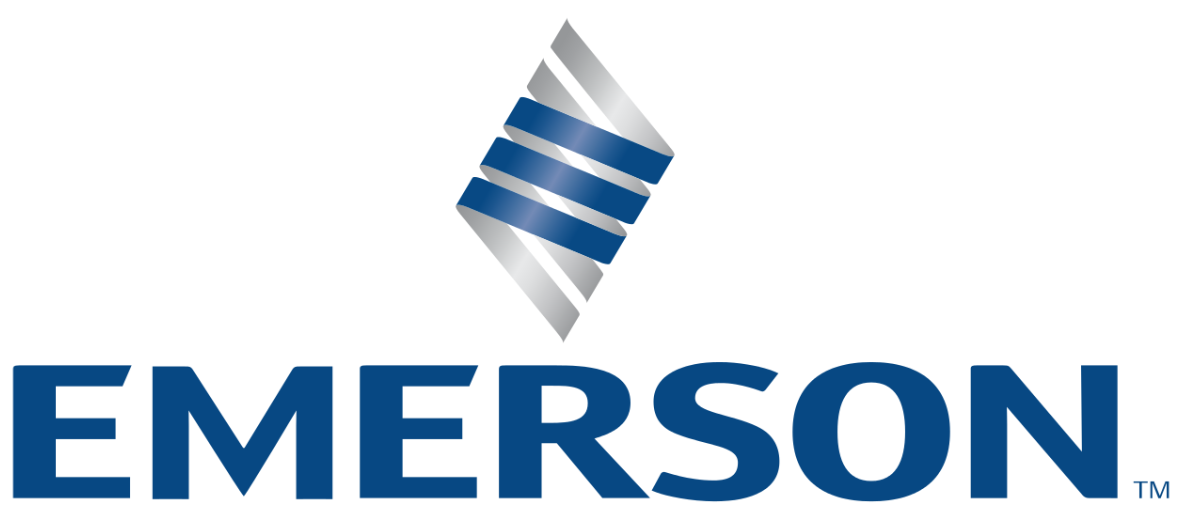

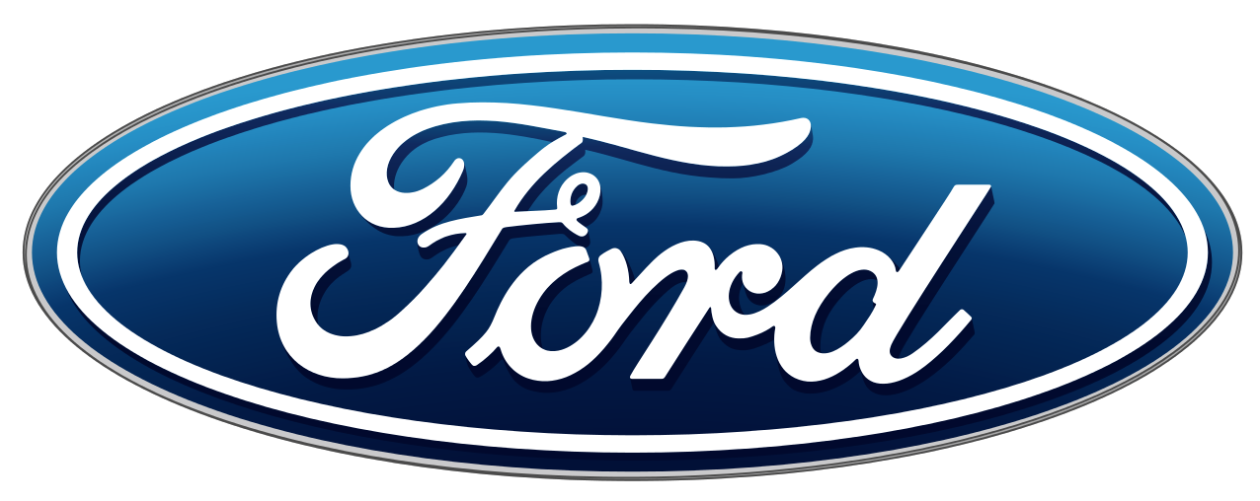
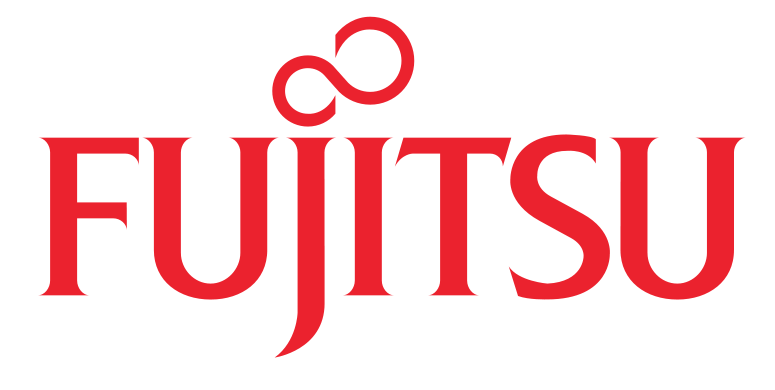
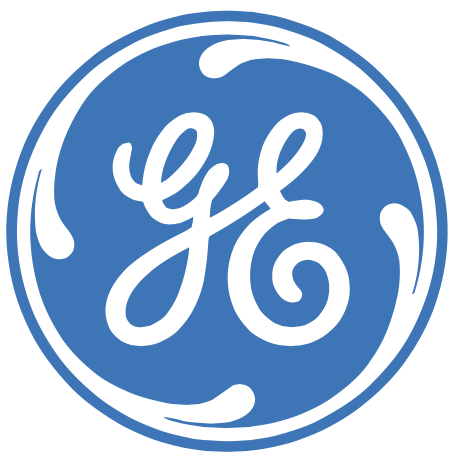

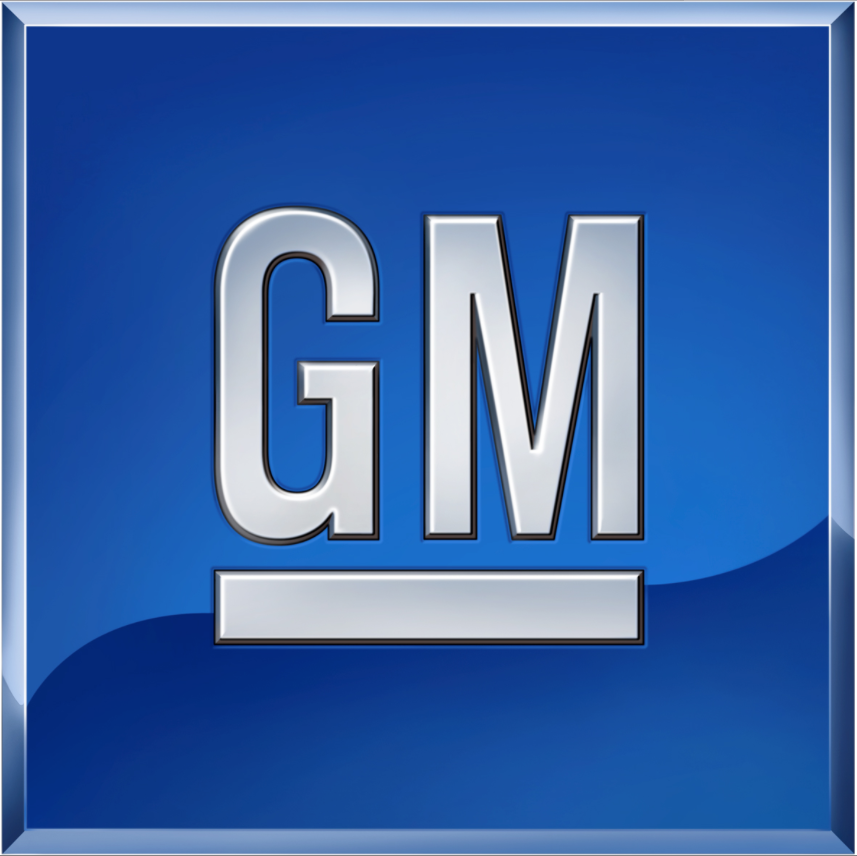



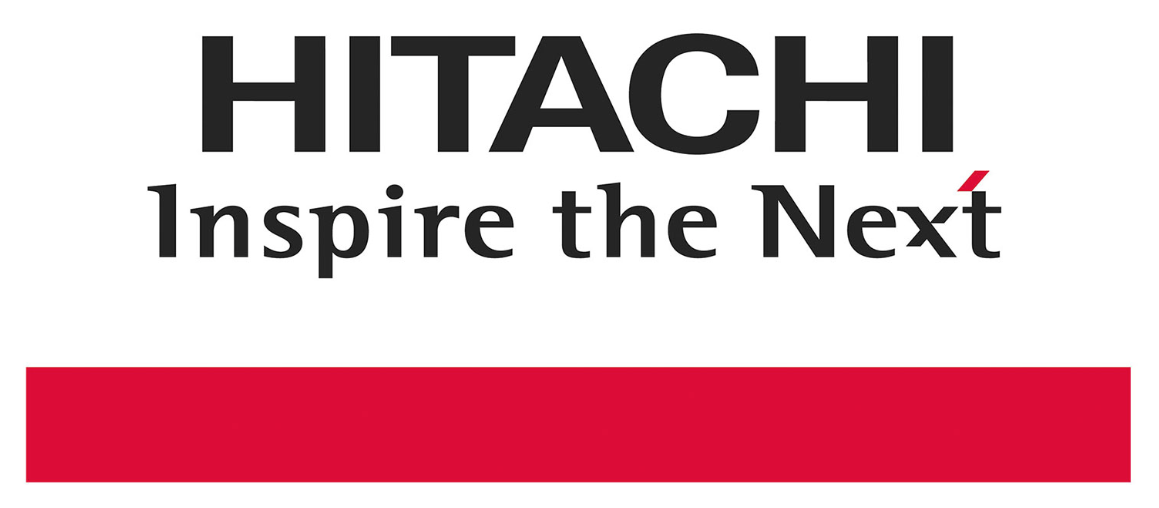

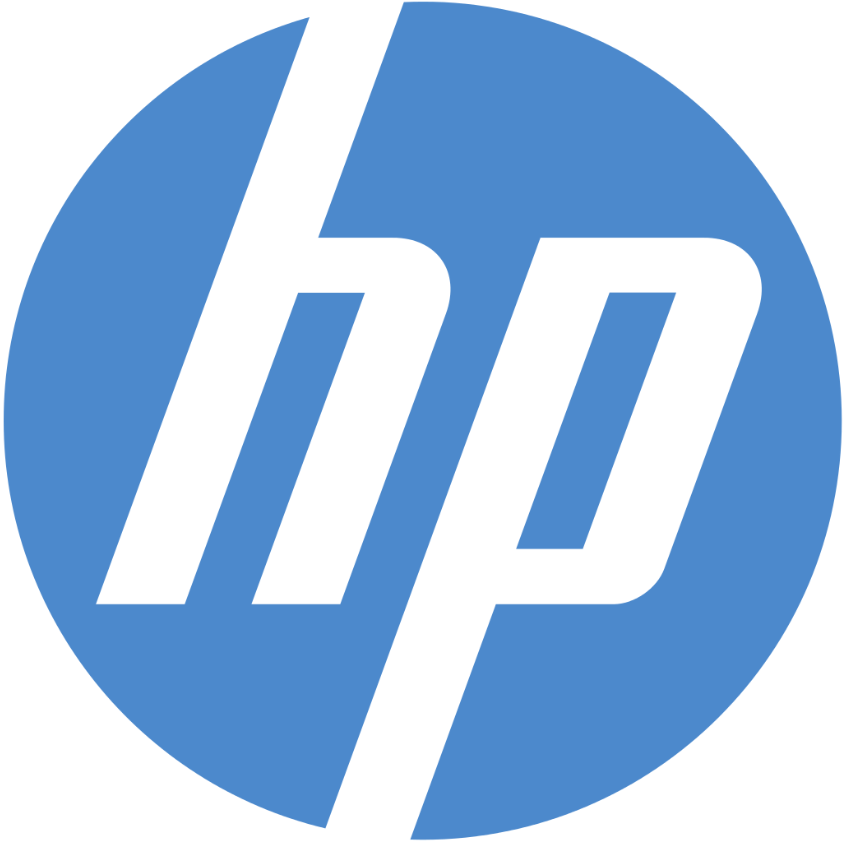

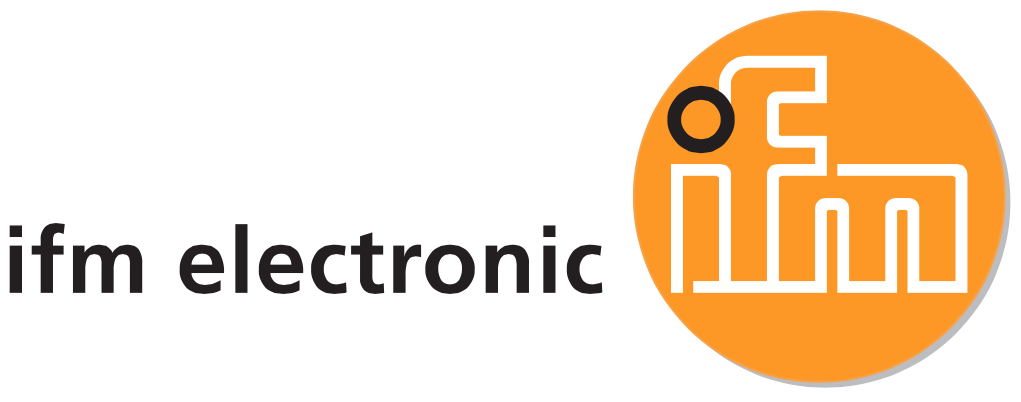

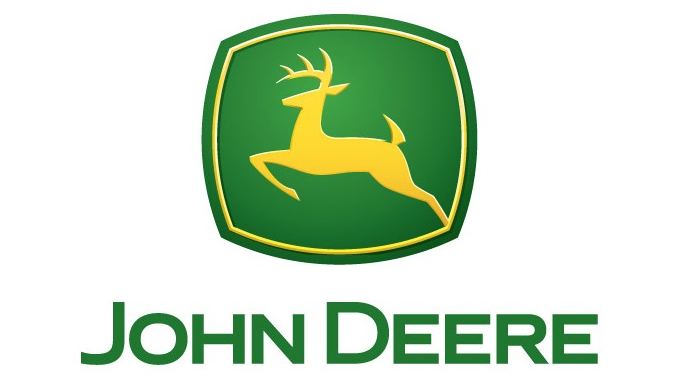
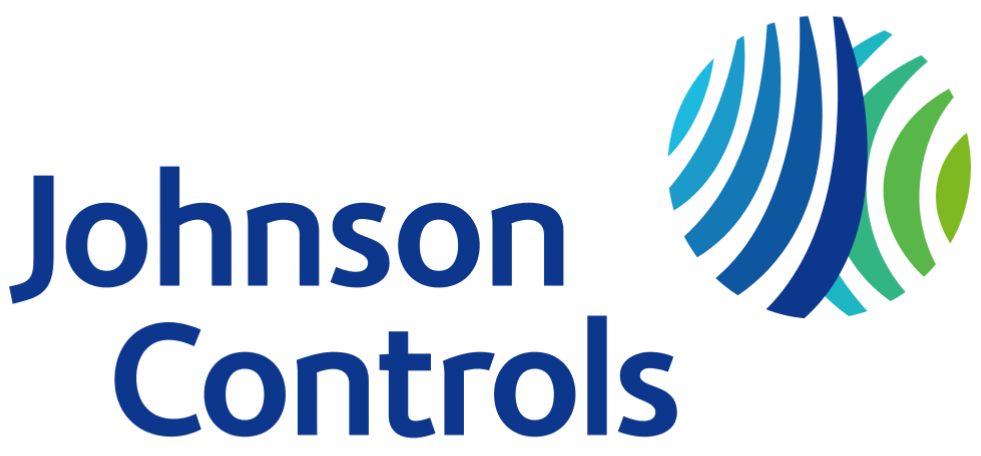
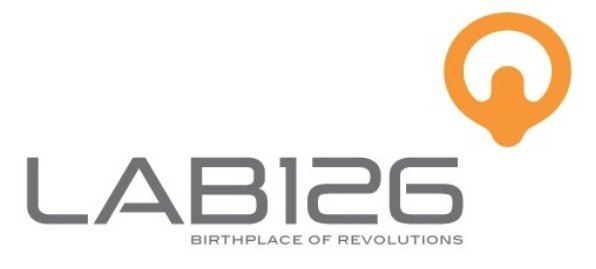
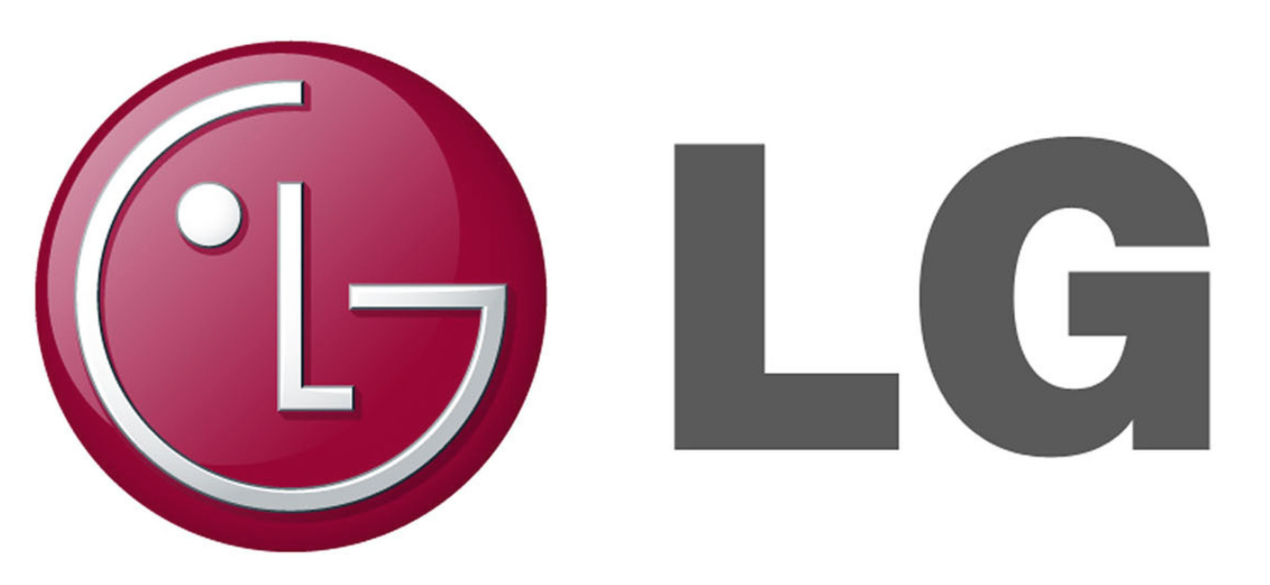
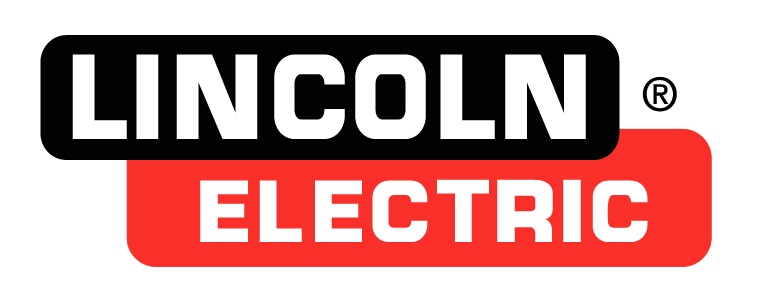



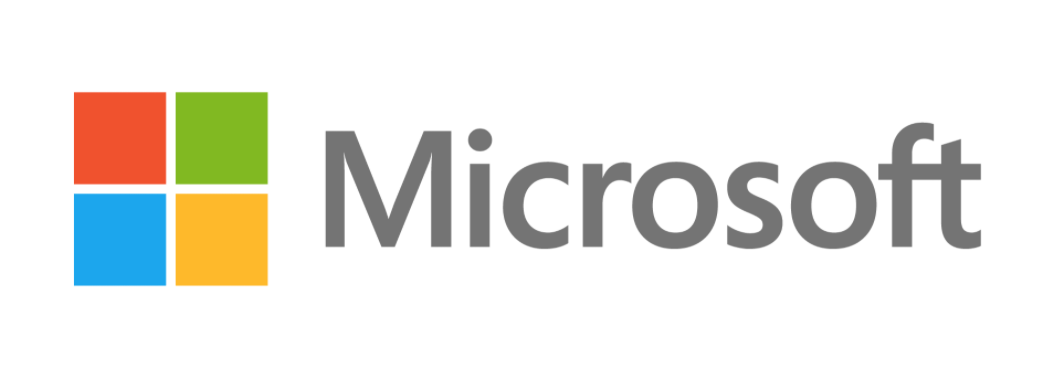

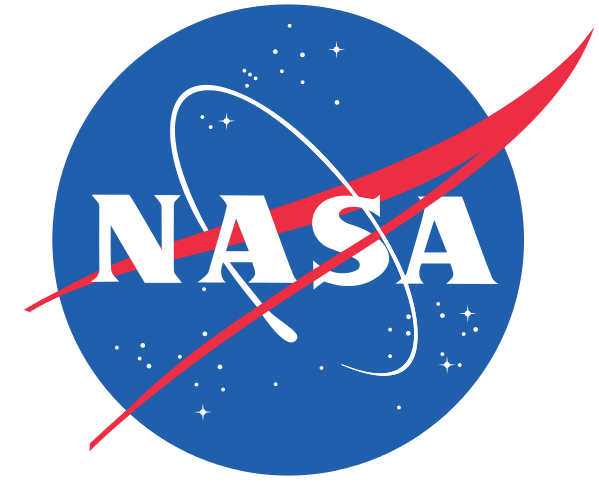
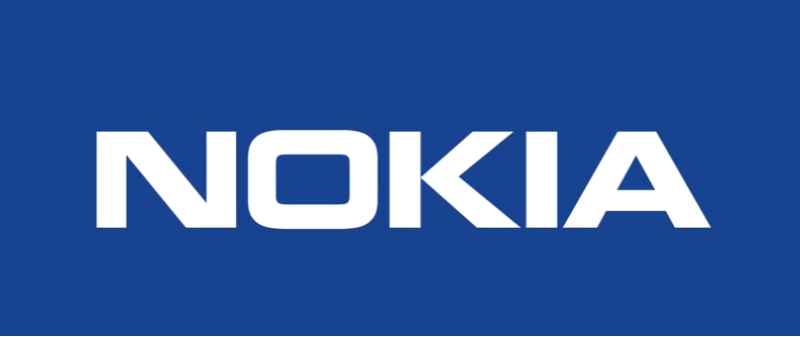

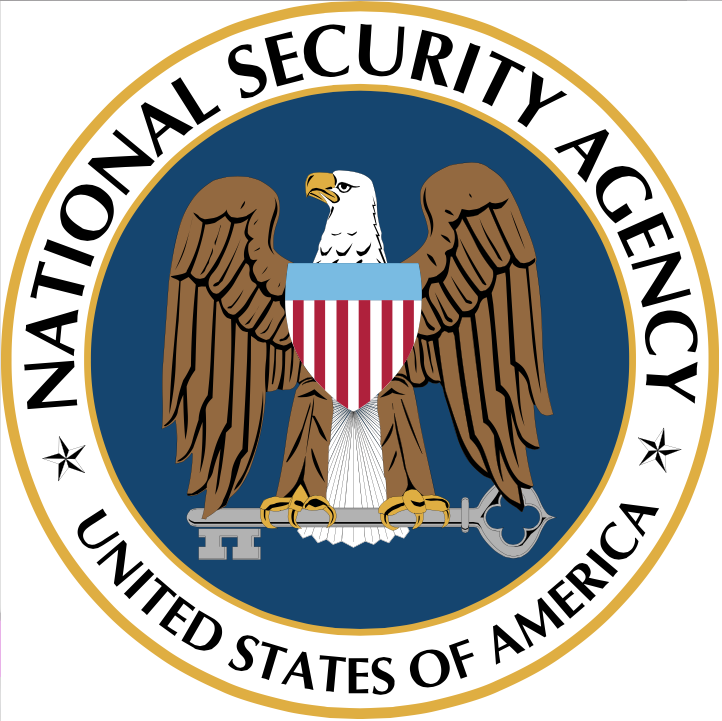











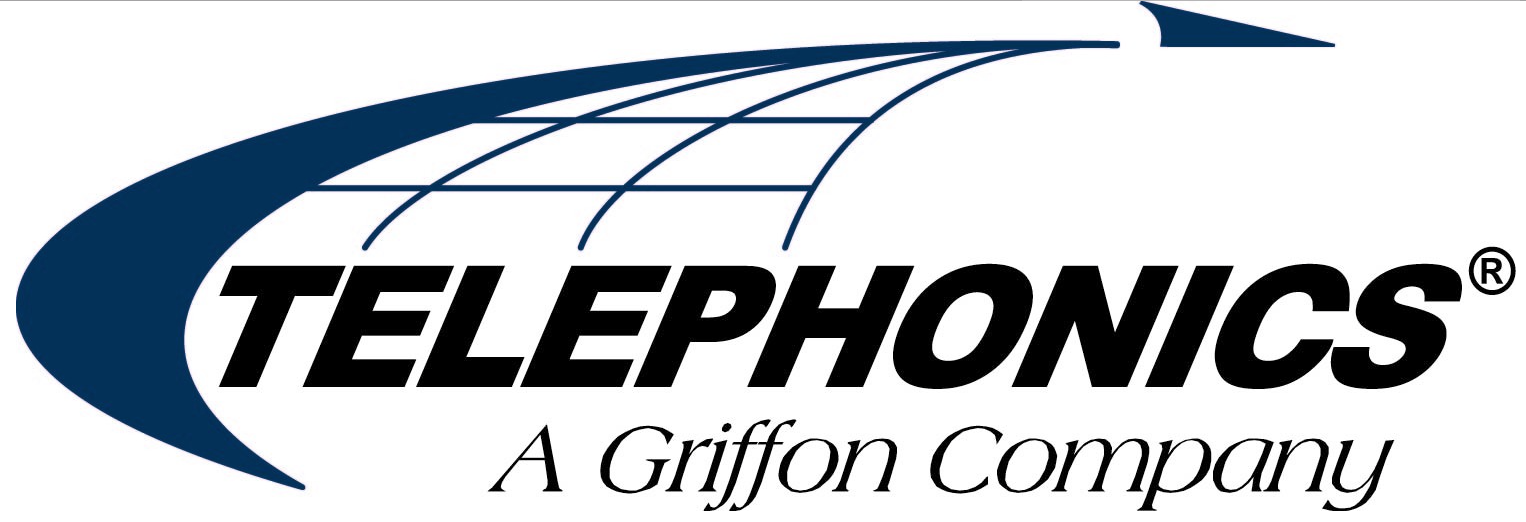


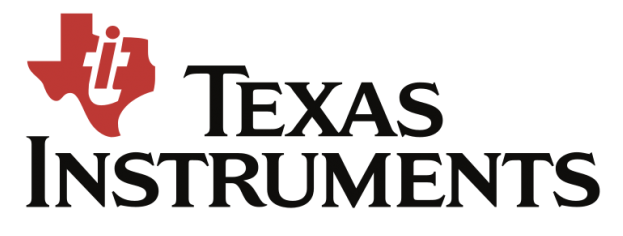

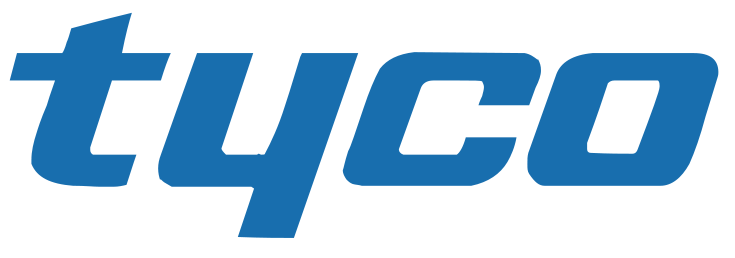
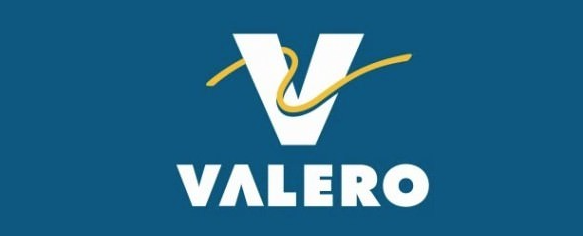
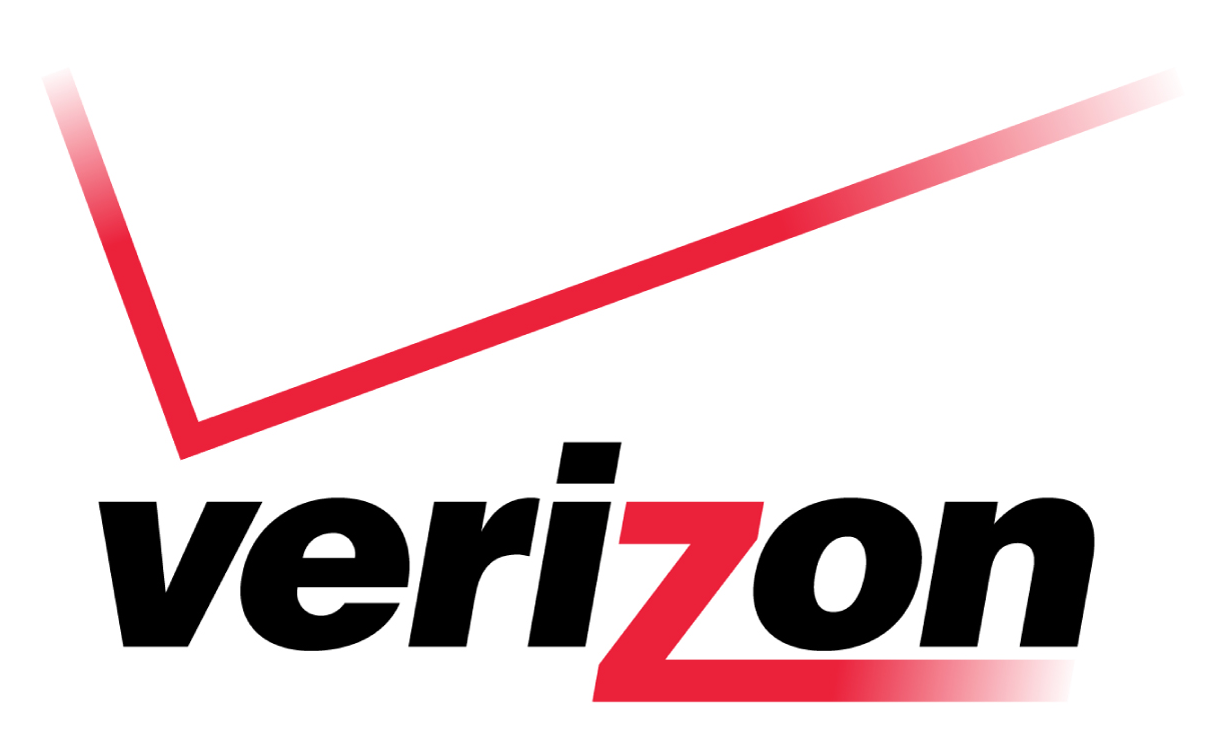


As technical presenters, we often forget the audience even exists. As engineers with a reputation for delivering “data dump” presentations, we focus on our slides, our agenda, our detailed subject matter and our extensive experience. And when it’s all about us, it can’t be about the audience.